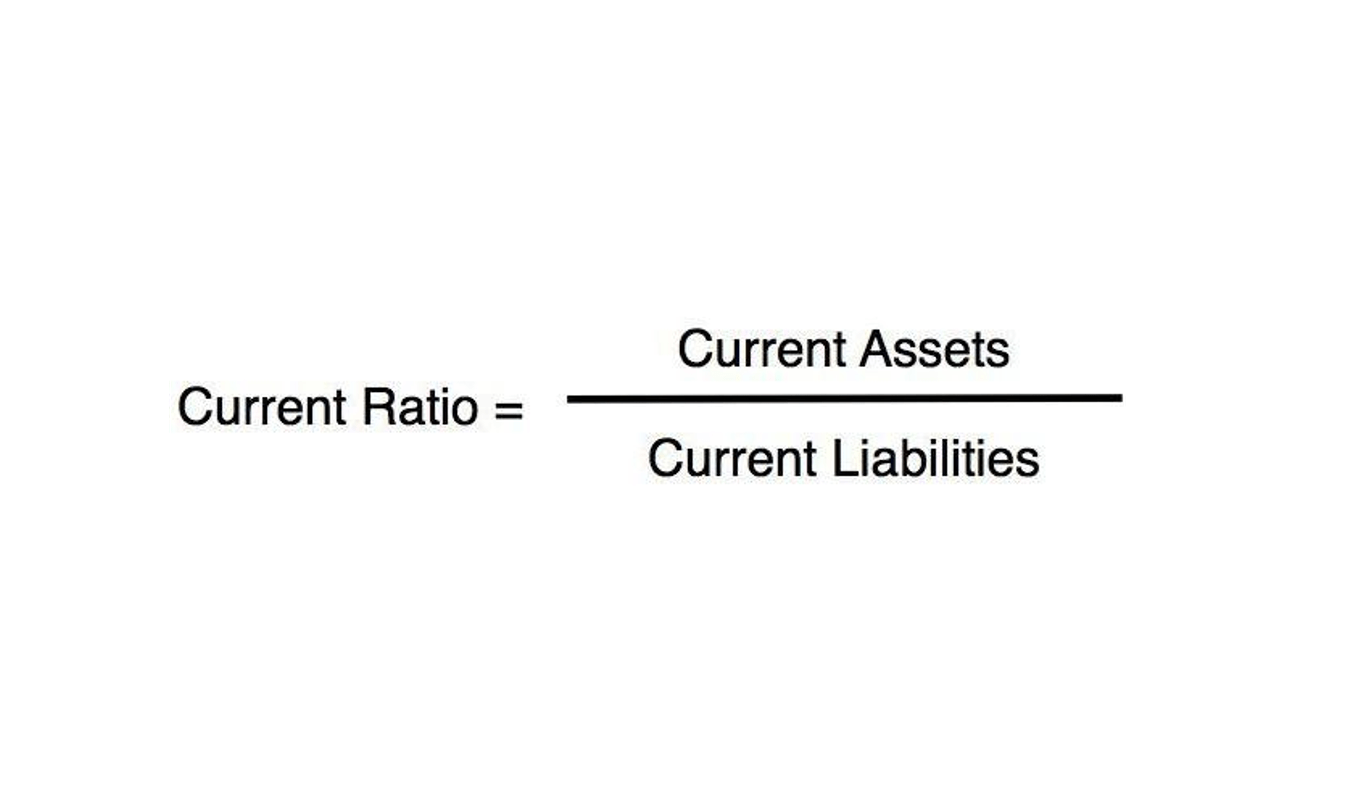Content

There’s no perfect month-end close checklist, since all companies are different. Some work with products, meaning they’ll have the extra steps of tracking inventory. Others are service-focused, or have major petty cash and office costs to worry about. A clear month-end closing process improves your efficiency and reduces mistakes.
- The month-end closing process is a time-consuming time for any business.
- Get up and running with free payroll setup, and enjoy free expert support.
- The first step in the month-end close process is to set up closing dates and define month-end close procedures.
- The month-end close process involves accounting teams collecting, reviewing, and conforming transactions and financial activity from the previous month.
- Needless to say that forecasting cash flow predictions accurately, making strategic business decisions, and financial planning, all depend on a successful financial closure.
Read on to learn tips for creating your month-end close checklist and closing monthly accounts. Let’s say your company has earned $200,000 in revenue this month, in the form of customer purchases. Invoices have been issued, but payment isn’t due until the 15th of next month.
How can HighRadius help in your month-end closing process with automation?
Be sure to communicate the closing date with anyone who has access to adjusting the ledger. To keep on top of your monthly accounting responsibilities and cut down on time spent closing your books, create a monthly financial calendar. Your calendar can help you prepare for closing your books for the next month. After tracking your transactions, record them in your books at the end of each week or month. During your monthly close, cross-check your records to make sure you paid all bills and invoices.
However, closing faster can mean a tradeoff between speed and accuracy. The revenue cycle refers to the entirety of a company’s ordering process from the time an order is placed until an invoice is paid and settled. The inability to apply payments on time and accurately can not only lock up cash, but also negatively impact future sales and the overall customer experience. Gain global visibility and insight into accounting processes while reducing risk, increasing productivity, and ensuring accuracy. Close the gaps left in critical finance and accounting processes with minimal IT support.
AR best practices to read and share
The data cleansing process is crucial so that your analytics and insights are trustworthy and accurate. Having to manually locate, combine, and adjust data results in wasted time that could otherwise be spent performing high-value and analytical tasks. If transactions are not matching, then you have to perform account reconciliations to figure out the reason and make amendments.
This applies to such transactions as accrued expenses, amortization, depreciation, and loan interest. BlackLine is a leading accounting software platform that has helped thousands of accounting teams make the move to modern accounting. Our solutions unify systems, data, and processes to unlock global visibility, automate repetitive work to focus on what matters most to the business, and deliver continuous real-time information and analysis.
HighRadius Autonomous Finance Platform
You’ll parse through a lot of financial information during these account reconciliation processes. They can analyze the numbers, check journal entries, and give some insight into your company’s financial health. Reconcile the 2 to reflect expenses paid and income received for the month. Furthermore, check your prepaid accounts against your expense accounts to prevent duplicate payments. Reconcile deposits and receipts for this fund to ensure your petty cash balance is what you expect it to be. It may be best to check this fund weekly to keep track of your small payments.
And, like any machine, it needs to be shut down properly at the end of the day. The closing process is essential to ensuring that all the pieces are in their proper place and that the machine will be ready to run the following day smoothly. There’s a lot of pressure to get the books closed as fast as possible every month. Business owners and executives use last month’s financials as a starting point to make business decisions for the upcoming month. So the sooner they get final numbers, the sooner they can see what worked last month and what didn’t work so they can start making changes for the current month. Don’t wait until the end of the month to start your month end close process.
Get Your Numbers Lined Up Before Your Close
Streamline and automate intercompany transaction netting and settlement to ensure cash precision.Enable greater collaboration between Accounting and Treasury with real-time visibility into open transactions. Integrate with treasury systems to facilitate and streamline netting, settlement, and clearing to optimize working capital. Centralize, streamline, and automate intercompany reconciliations and dispute management.Seamlessly integrate with month end close process all intercompany systems and data sources. Automatically identify intercompany exceptions and underlying transactions causing out-of-balances with rules-based solutions to resolve discrepancies quickly. Maximize working capital with the only unified platform for collecting cash, providing credit, and understanding cash flow. Transform your accounts receivable processes with intelligent AR automation that delivers value across your business.
- HighRadius’ Autonomous Accounting Solution gives real-time visibility into the different financial tasks and ensures activities that involve multiple stakeholders don’t get slowed down.
- The platform helps you generate reports, reconcile accounts, and pay bills with minimal effort from your end.
- This will give you an idea of what resources are available for the next quarter, as well as where they’re allocated.
- The closing process requires reconciliation of these separate parts together.
- A misplaced invoice or statement can result in curious losses that you won’t be able to account for.
While some may seem simple, others require more time and effort on your part as an accountant or bookkeeper. However, with proper planning and organization (which includes knowing what needs to be done), any business owner can successfully complete this important task. Cflow is a cloud-based workflow automation software tool that helps you manage month-end close processes. That helps you automate the month-end process through intelligent bookkeeping. The platform helps you generate reports, reconcile accounts, and pay bills with minimal effort from your end.
Month-End Close Process
As you go through the month end closing process and checklist, it’s useful to keep in mind these best practices to reduce errors and keep everything running as smoothly as possible. Like all business processes, the month-end closing process has the potential to help your company thrive, or hinder its growth and success. From reviewing financial statements to reconciling inventory levels, a month-end close checklist helps you keep track of everything you must accomplish. And best of all, it can help prevent those dreaded last-minute scrambling sessions that often lead to mistakes. Now that you’ve got the general month-end process down, you can start divvying up the tasks among your team members. Starting with a complete checklist can help you get started as you optimize your processes to speed up the close.

The month being closed remains open for six additional business days in the new month in order to process all prior month transactions. Additionally, many iJournals and core journals can only be generated after the last calendar day of the month. https://www.bookstime.com/articles/minimum-wage-and-overtime-pay Company-wide cut-offs are specific dates at the end of every month that every employee should know and respect. They signify the end of the current accounting period, and transactions after this date will be carried forward to the next month.
The mere act of going over your financial statements can give you intel into what you’re buying and whether you’re getting a proper return on your investment. They are also an indicator of overspending and other budgetary issues. Not everything of value in the organization can be set to a cash amount. Fixed assets—which can include equipment, property, and vehicles—add long-term value to your business.

